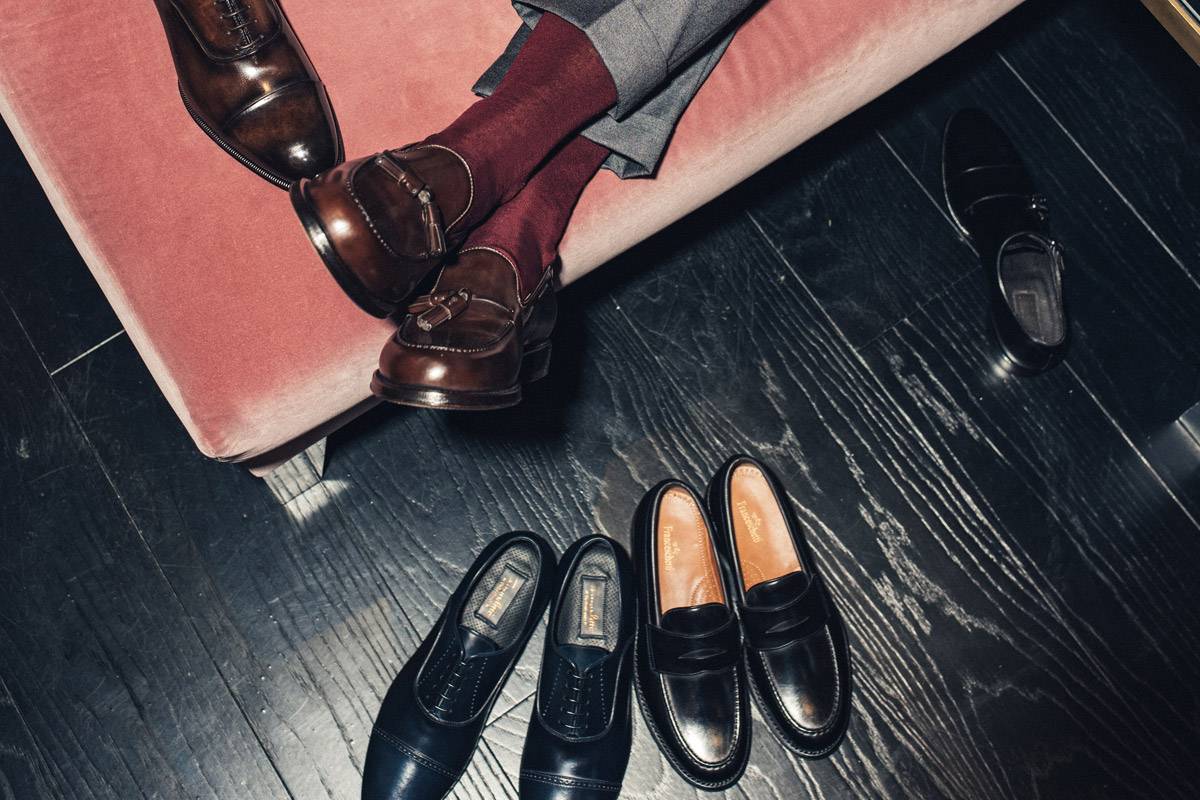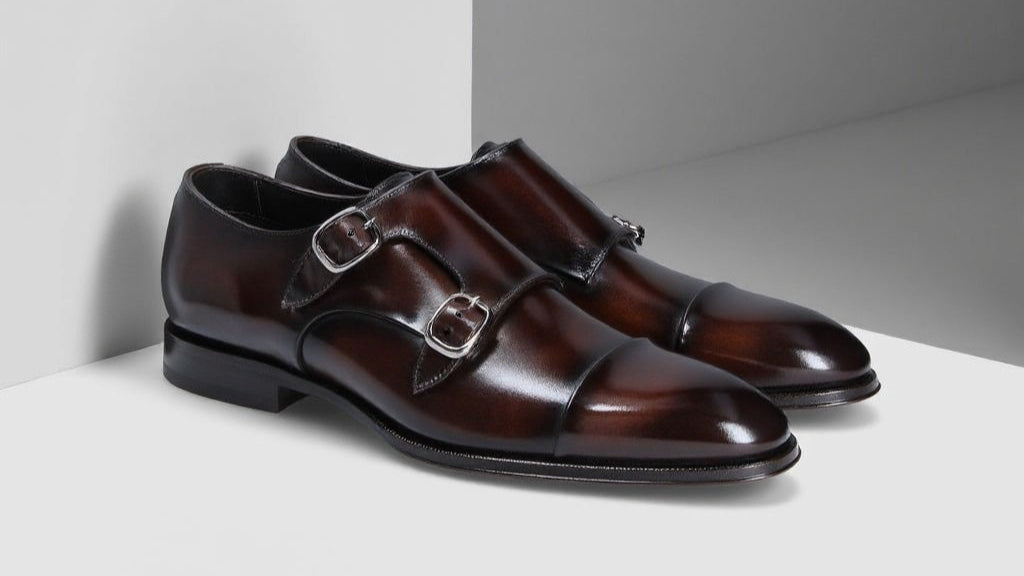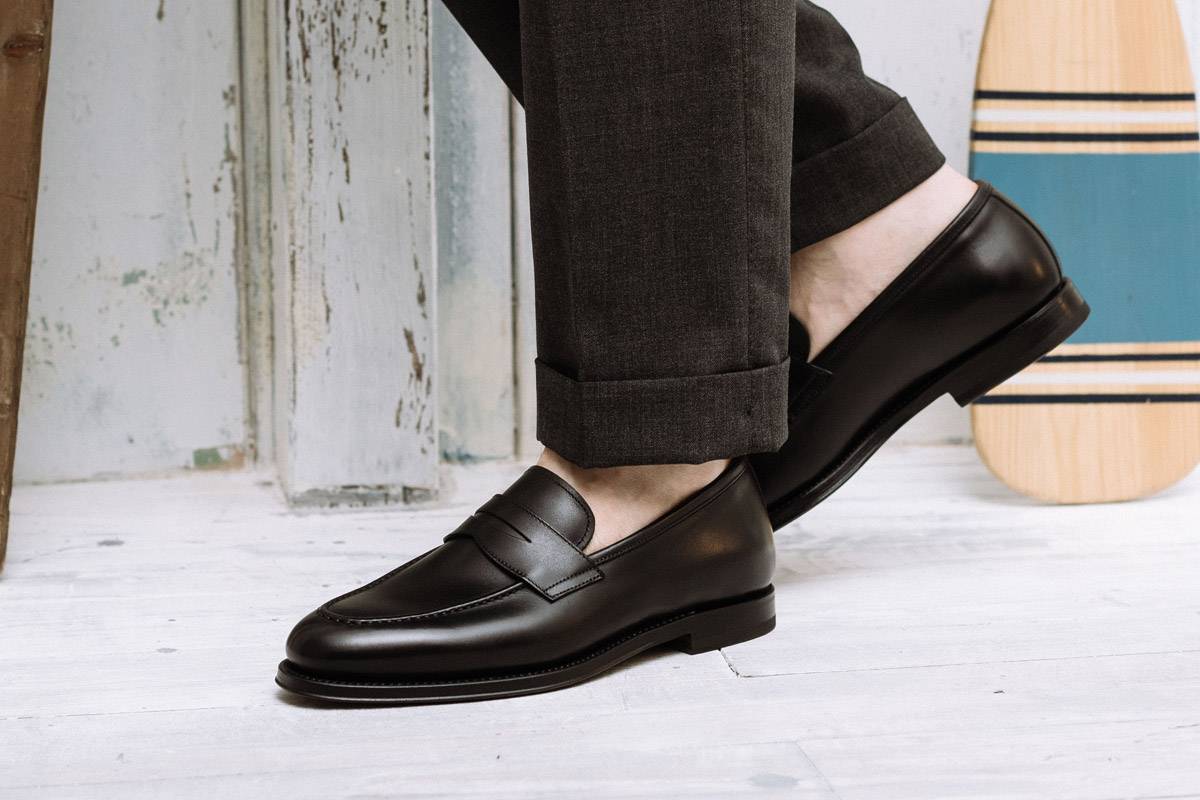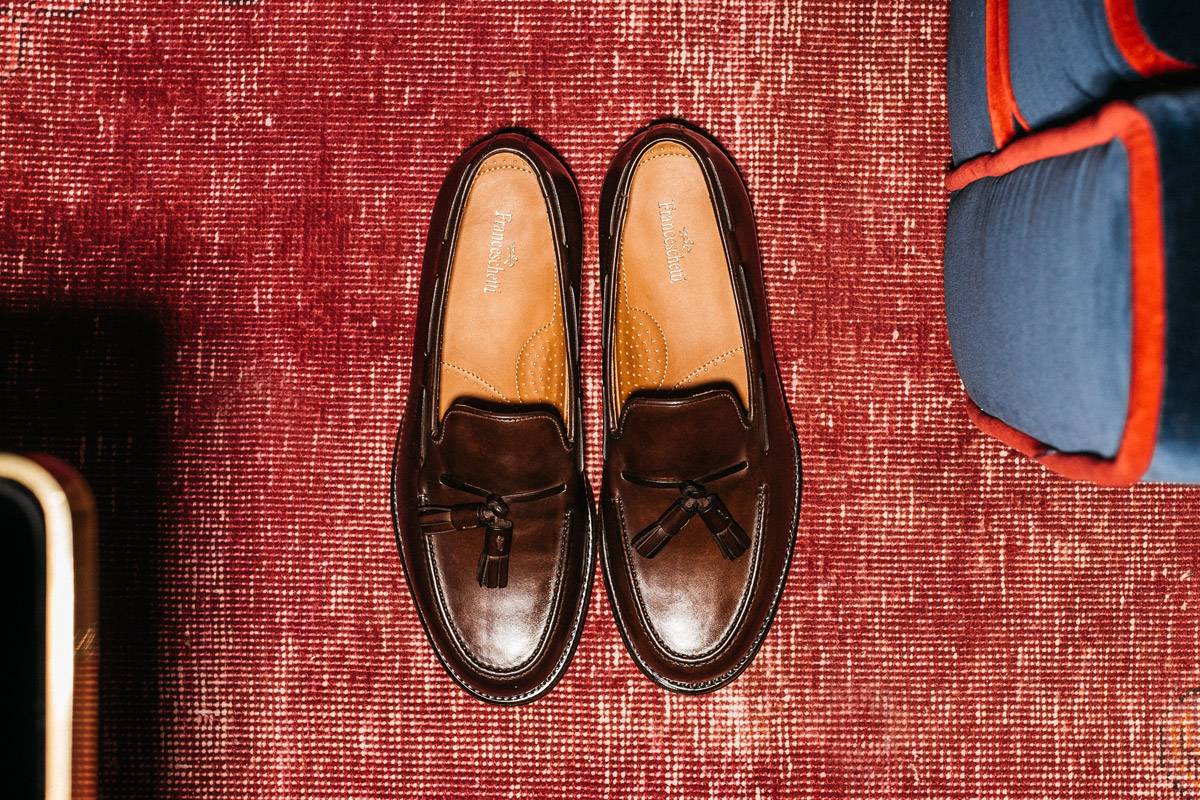
Shoe size: what size are you really?


How can you define your right shoe size? Here a short guide to choose handmade shoes without problems.
Shoe size: what is the right one?
What size are you? It depends! No, we are not crazy: the truth is that when we go into a shoe store and asked our shoe size, the size we give is often wrong. Don't you believe it? The article "Feet are getting bigger and many people wear shoes that don’t fit right" by Elisabeth Holmes, published few months ago in the Wall Street Journal, seems to confirm this thesis. According to the reporter, often we are deceived by fashion and looks and don't pay attention to comfort. Choosing the correct size does not mean just check that shoes aren't too wide or too narrow. There are some "tricks of the trade" to see if we are making the right choice. Let’s take a look ...
Shoe size: how to measure it properly
"The human foot is a work of art and a masterpiece of engineering": if what Michelangelo Buonarroti says is true, then there should also be a perfect shoe size for everyone. In fact, no one has feet of the same size, shape or proportions. Obviously, this does not mean that there aren't suitable shoes for each one, but simply that the choice of shoe size must take into account certain factors. First of all, you must be aware that, for each foot, there are 4 different "measurement times":
1) static condition: measurement of the shoe with the foot at rest;
2) shoe measurement "under load": this is when the person is standing, so size and shape of the foot change. In the book Professional shoe Fitting by William A. Rossi, we read that "the foot at rest is essentially a soft mass of bone and cartilage that suddenly takes on solid consistency when you get up, making it of a different nature";
3) Functional measurements: it's the measurement under dynamic conditions, when a person performs movements such as running, speed walking or jumping;
4) Thermal measurement: this takes into account the changes brought about by heat and moisture (sometimes the foot swells by 5% compared to its measurement under a static condition); It is obvious that the best time to choose a pair of shoes with the assurance of getting the right size, is in the evening when the overlap between functional and thermal measurement will determine the right size. In this way, you will avoid the risk of buying a pair of shoes that you will never be able to wear.
Shoe sizes: conversion chart and other useful information
Here are some tips that will point you in the right direction for purchasing a new pair of shoes:
1) do not rely only on the size that is shown on the box, because shoes are produced in different countries and each one uses different standards. This means, for example, that UK shoe sizes may not be the same as European ones. In this regard, it is always useful to look at the following shoe size conversion chart:


2) it’s better to buy shoes at the end of the day when your feet are most worn out, and preferably with the same type of socks you expect to wear with the new pair;
3) never buy a shoe thinking that it will adapt to your foot. Maybe those made with lighter and more flexible materials can adapt a bit, but those ones made with more rigid materials will never adapt to your foot;
4) when you are wearing a shoe, you have to bend the toe to make sure that the upper bends, in that same point of the toe. This helps you to determine the flexibility of the shoes and their softness, especially in the case of lace-up shoes;


5) the toe and heel have to "live" inside the shoe without causing any pain or discomfort. Normally, there should be about 1 cm between the tip of the foot on the longer part, and the tip of the shoe. The same applies to the space between the heel and the heel counter: you should put a finger amongst them without any effort. If you place it too easily, the shoe is big, otherwise, too small;
6) the sole of the foot, which is technically the point where the arch ends, should comfortably be accommodated in the widest part of the shoe. If you feel restricted, it may not be the right model of shoe for you;
7) footwear made in Italy, thanks to the high quality of craftsmanship, is supplied in half sizes. This is a great help in finding the right sized shoes especially for those with a number that is beyond the "whole number";
8) take always into consideration the shape of your foot. As already mentioned in the article "derby shoes or brogues: what are the differences", only brogues shoes are the best suited for those who have a slim foot with low a neck, thanks to the broguing across the throat line. On the other hand, derby shoes are ideal for those who have feet with high necks and large sole because the stitching is placed underneath the throat line.


9) check carefully that the inside of the shoe is clean, without any raised seams or special inserts that may irritate your foot;
How can I choose the right size shoes if I purchase online?
How many times have you seen a pair of beautiful shoes on an online store, but have been unsure about what size to buy? To decide correctly, first of all you must determine the exact length of your foot (which is defined as the distance between two parallel lines which are perpendicular to the foot and in contact with the ends) and then take as a reference the distance between the heel and longest toe. With the Brannock Device, a special tool used in some countries, you can take three basic measurements: the length of the foot, the distance between the heel and the metatarsophalangeal joint, and the corresponding width of the joint.


Without this equipment, you can still go ahead by using a DIY method, which is still effective nonetheless. Just trace on a sheet of paper a mark at the heel and one at the longest toe. At this point, the length between the two tip-heel lines must be measured and added to the recorded measurement: - From 3 to 6 mm if the longest toe is the big toe;- From 2 to 4 mm if the longest toe is the second toe;- From 3 to 6 mm if the longest toe is the third toe or the first two toes after the big toe are the same length. In this way, you will be able to correctly determine your shoe size and easily choose your men’s shoes online without the risk of making mistakes.



